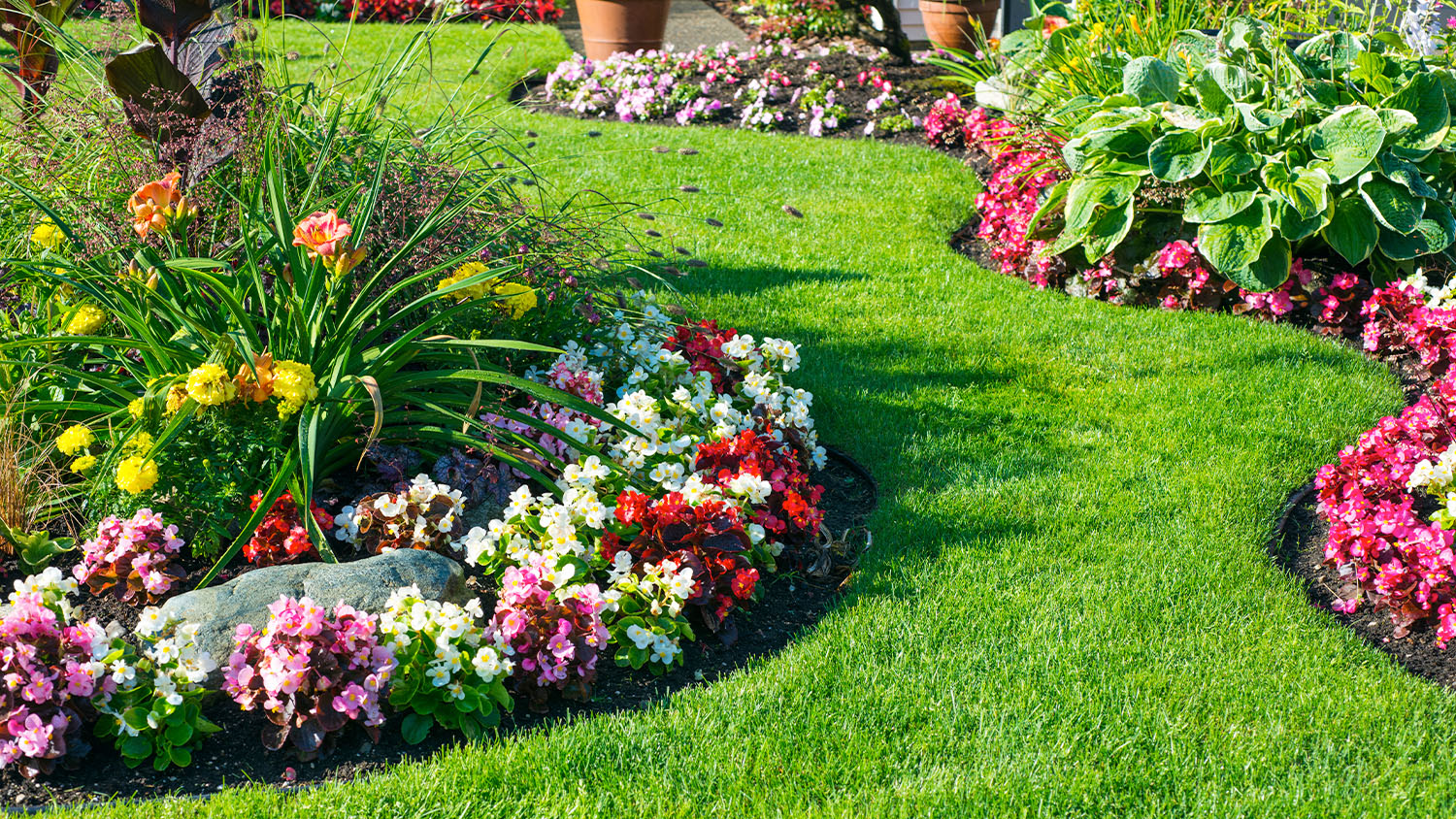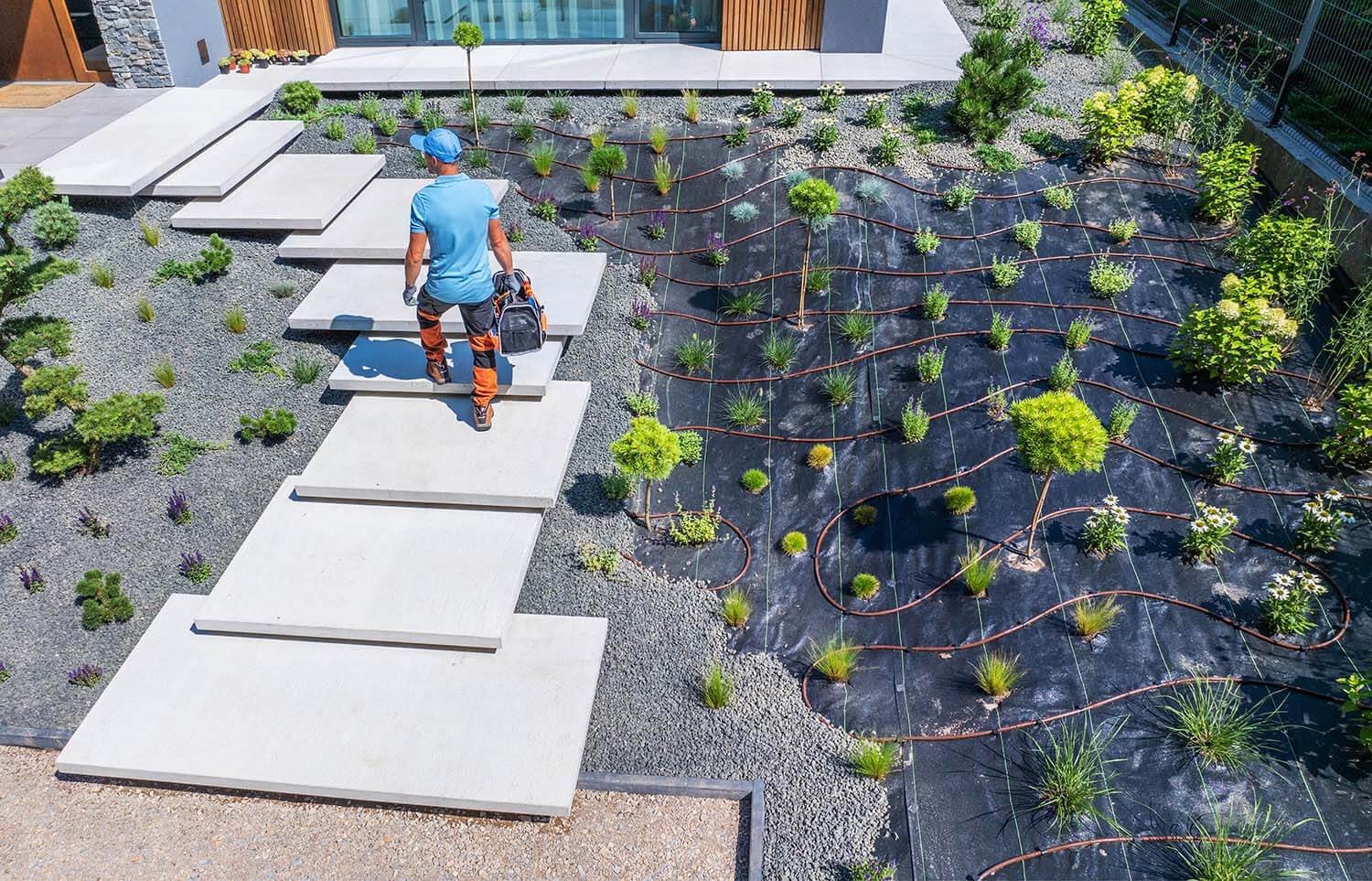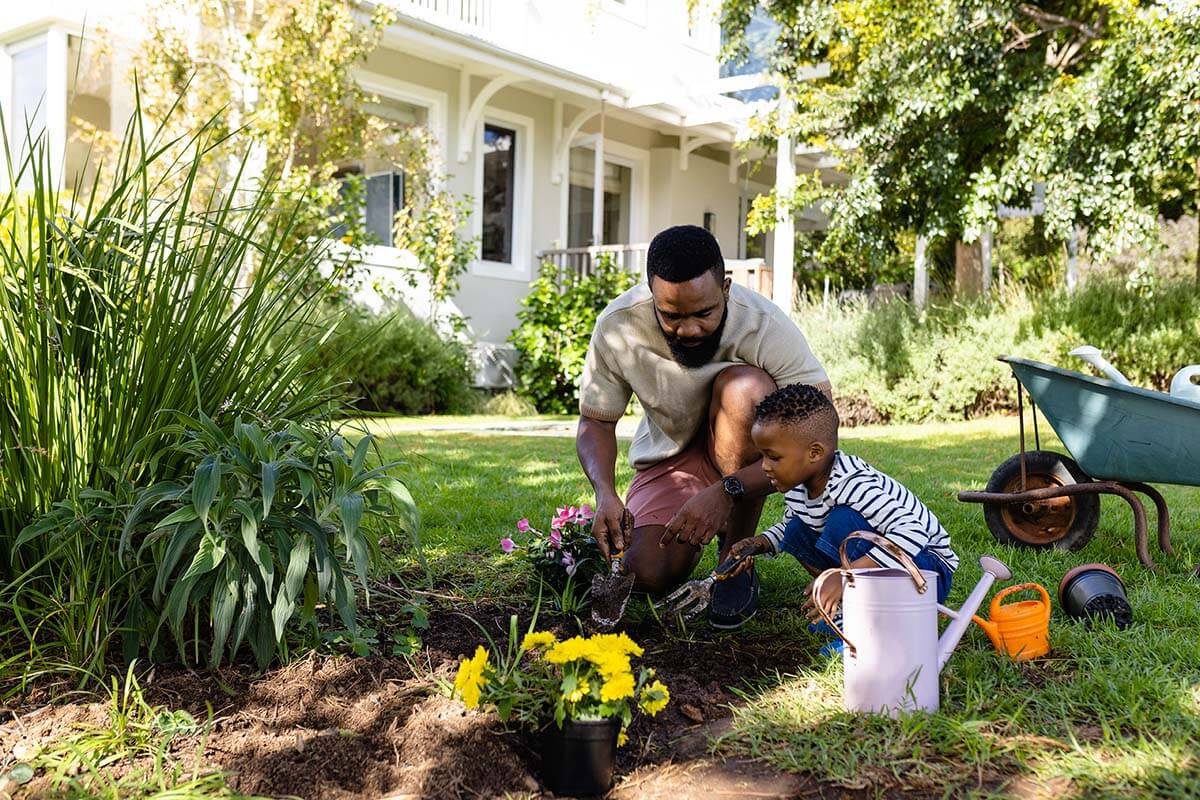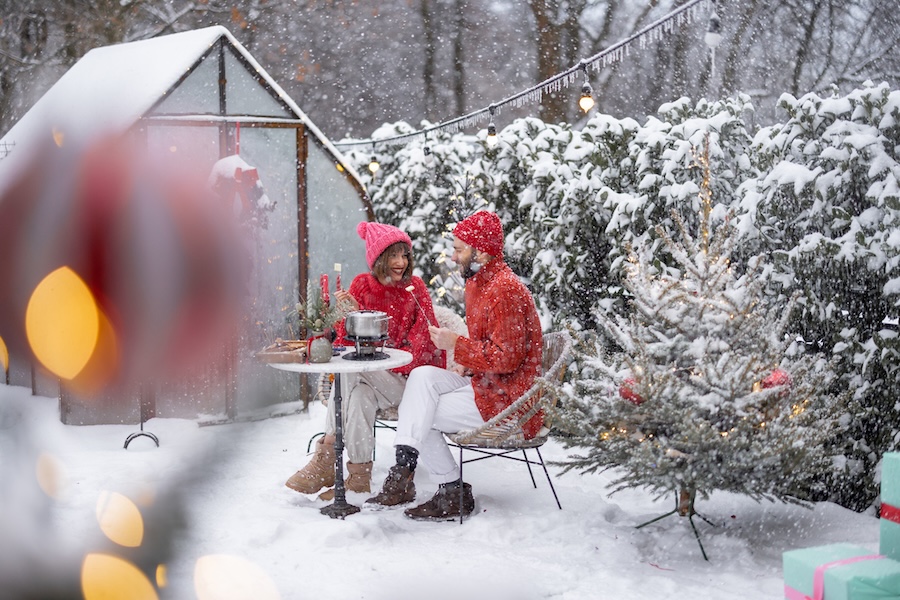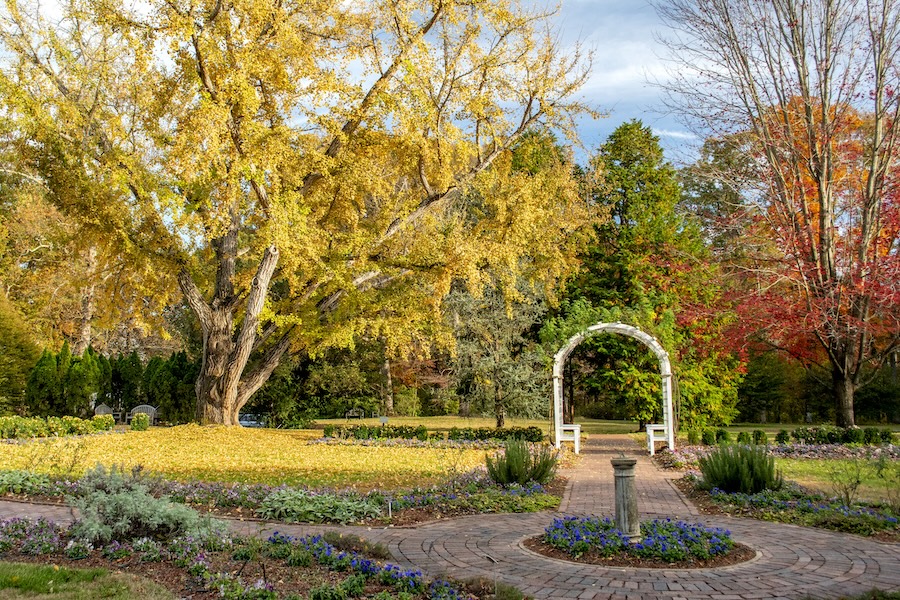Choosing the right plants for your landscape design can feel like a herculean task, especially with so many beautiful options out there. But fear not, Ottawa green thumbs! With a bit of knowledge and some helpful tips, you’ll be well on your way to creating a garden that’s not just pleasing to the eye, but that thrives in your unique space.
Mastering Ottawa’s Soil and Climate for Optimal Plant Health
First things first—getting to know the lay of your land. Ottawa’s climate can be quite the rollercoaster, with hot humid summers and winters that would give the North Pole a run for its money. This range can limit the types of plants that will thrive in your garden. However, with a bit of research and some savvy choices, you can still create a landscape that’s a feast for the eyes year-round.
Soil type is another crucial factor. Is your soil sandy and well-drained, or more on the clay side, holding onto water like it’s going out of style? Some plants revel in moisture, while others are more drought-tolerant. Understanding your soil type can guide you to the right plants and save you from heartache down the road.
Don’t forget about sunlight. Some plants love basking in the sun all day, while others prefer the cool, shady life. Consider the light conditions in your garden throughout the day and choose plants that will be comfortable there.
Planning for Plant Size and Growth Rate in Garden Landscaping
Plants, like people, come in all shapes and sizes. It’s vital to consider not just the size of a plant when you buy it, but its mature size. That cute little sapling could become a towering tree, and the demure shrub could spread out and dominate your garden.
Growth rate is another factor. Some plants shoot up quickly and can change the dynamics of your garden in a short time. Others are slow growers, taking their sweet time to reach their full size. Plan for the long game and give your plants the space they need to grow.
Creating Year-Round Beauty with Seasonal Plants
A garden shouldn’t be a one-season wonder. By selecting plants that offer interest in different seasons, your garden can be a place of beauty and enjoyment all year round.
Consider flowers for spring and summer, foliage for autumn colour, and berries or interesting branches for winter appeal. Evergreens can provide structure and colour even in the depths of winter.
Low-Maintenance Landscaping: Choosing Easy-Care Plants for Your Garden
Creating the perfect landscape design is not just about aesthetics; it’s also about maintenance.
It’s no secret that maintaining a lush and healthy garden requires time and effort. Still, the extent of these requirements largely depends on the plant types you choose. Let’s delve deeper into this matter, as it’s important to select plants that fit with your lifestyle and the amount of time you can devote to garden maintenance.
For the busy homeowners among us, or those who prefer to enjoy their gardens with less hands-on work, low-maintenance plants can be a godsend.
These plant warriors are typically resilient, requiring less watering, pruning, and fertilizing than their more high-maintenance counterparts. They can endure periods of neglect, bouncing back like champions. Think sturdy shrubs, hardy perennials, and robust evergreens.
On the other hand, some plants require a bit more tender loving care. Roses, for instance, need regular pruning, feeding, and disease prevention. Certain types of fruit trees need careful monitoring and treatment for pests. Ornamental grasses, while low-maintenance for most of the year, require a good chop-down once a year.
Consider your willingness and ability to perform these tasks when choosing plants for your landscape. In the end, a well-maintained garden is healthier, more beautiful, and far more enjoyable!
Harmonizing Plants with Your Landscape Design Aesthetics
A beautifully designed landscape is akin to an orchestra, with every plant contributing to the symphony of visual delight. So, selecting plants that complement your existing or planned landscape design is a critical consideration.
This is where personal style and creative flair come into play.
If you’re after a formal and structured look, symmetry is key. You might opt for neatly pruned hedges, manicured lawns, and orderly flower beds, with each plant’s shape and size considered. Classical plants such as roses, boxwoods, or cypress trees might be your best choices.
If, instead, you’re captivated by the charm of a cottage-style garden, the approach will be different. You might aim for a profusion of colourful and fragrant flowers, a mix of perennials and annuals, and perhaps a few charmingly dishevelled shrubs. Here, native flowers, ornamental grasses, and fragrant herbs might find a place.
For those inspired by Asian landscapes, you might consider creating a zen retreat with minimalist plantings, stones, and water features. Your plant palette might include bamboos, azaleas, or Japanese maples.
In each case, the plants you choose should enhance your chosen aesthetic, bringing your unique landscape vision to life.
Benefits of Incorporating Native Plants into Your Ottawa Landscape
Incorporating local and native plants into your Ottawa landscape offers a host of benefits. For one, these plants are well adapted to our local climate, making them generally more resilient to the extreme cold of our winters and the humidity of our summers.
Native plants have evolved over thousands of years in the local conditions and are well-equipped to survive and thrive without the need for excessive watering or fertilization. They are less prone to diseases and pests that can afflict more exotic species.
Native plants play a crucial role in providing habitats for local wildlife. They offer familiar food and shelter for birds, butterflies, and beneficial insects, contributing to local biodiversity.
From the lovely trillium, Ontario’s provincial flower, to the majestic white pine, native plants add not just beauty but also ecological value to your garden.
Selecting the Best Flowers for Enhanced Garden Landscapes
Choosing the right flowers for your garden landscape isn’t just about picking what looks good. It’s about incorporating principles of landscape architecture to create a harmonious, sustainable environment that is easy to maintain and flourishes year after year.
Whether you’re sketching out a new garden plan or revamping an existing area, integrating thoughtful design with the right plant selection is key to achieving a stunning and manageable landscape.
When selecting plants, consider low-maintenance landscaping bushes that offer both beauty and resilience. These plants typically require less pruning and care, making them ideal for busy homeowners or those new to gardening. Look for species known for their durability through the changing seasons that also fit the aesthetic and functional needs of your space.
In your plants design, balance is crucial.
This involves considering the mature size of each plant to ensure your garden doesn’t become overcrowded as it grows. Incorporate a variety of textures and colors to create visual interest and depth. For instance, juxtapose fine-textured silver foliage against broader, darker leaves to enhance the visual appeal of your garden.
The choice of landscape flowers can make or break the design of your garden. Opt for species that bloom at different times of the year to maintain a lively display across seasons. For instance, daffodils and tulips in spring can transition to lilies and echinacea in summer, followed by chrysanthemums and asters in fall.
Besides beauty, consider the functional benefits of your landscaping plants. Include species that can provide shade, reduce noise, or even help with soil erosion. Bushes like boxwoods or shrubs such as hydrangeas can provide privacy while adding structure to your garden.
When integrating plants for landscaping, it’s essential to consider their growth requirements and maintenance needs.
Select plants that are suited to your local climate and soil conditions to reduce the need for supplemental watering and soil amendments. For example, native plants often thrive with minimal intervention, promoting a more sustainable garden.
Apply basic principles for landscape architecture by creating a focal point with a stunning bush or a unique plant, leading the eye through the garden with a well-thought-out path, and framing the landscape beautifully. The goal is to create a cohesive and inviting space that reflects your personal style and complements your home’s exterior.
When purchasing your plants, always choose healthy specimens. Avoid plants with signs of distress such as wilting, discoloration, or pests. Healthy plants adapt better to new environments and grow into robust components of your garden.
Tips for Buying Healthy Plants
Last but not least, always look for signs of health when buying plants. Fresh, vibrant leaves, new growth, and a well-developed root system are all good signs. Watch out for signs of disease or stress, like spots on leaves, wilting, or insects. Healthy plants will establish more quickly and thrive in your garden.
Creating a beautiful garden is a journey, not a destination. Enjoy the process of learning, experimenting, and watching your garden grow and evolve over time. And if you’re in need of a little expert guidance, don’t hesitate to reach out to the professionals at Jonathan Robert Landscapes.
Happy gardening, Ottawa!

